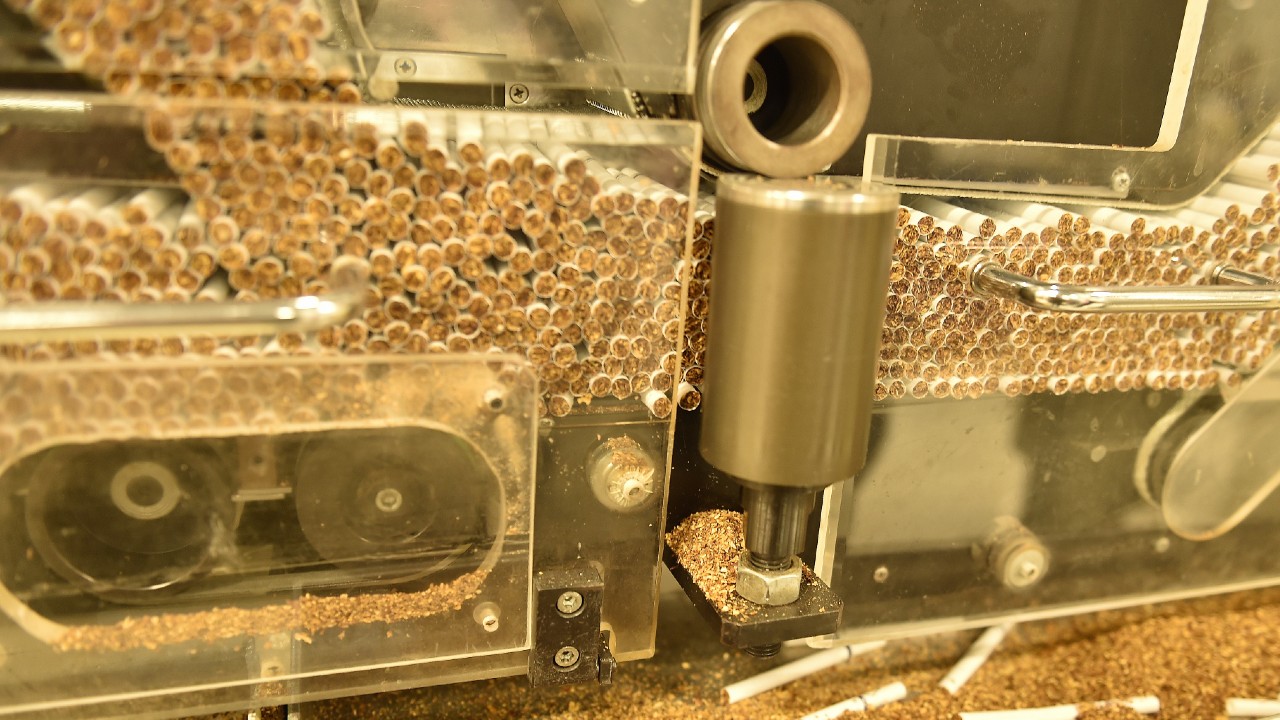A supply chain is an entire system of producing and delivering a product or service, from the first stage of sourcing the raw materials to the delivery of the product or service to end-users. The Tobacco Supply Chain Database sheds light on the supply of tobacco.
Monitoring the tobacco industry
The World Health Organization (WHO) Framework Convention on Tobacco Control (FCTC) recognises 'the need to be alert to any efforts by the tobacco industry to undermine or subvert tobacco control efforts and the need to be informed of activities of the tobacco industry that have a negative impact on tobacco control efforts'.
The tobacco industry may try to subvert tobacco control measures in regions of the world where its supply chains are active. Tobacco production has other impacts too. Tobacco supply chain activities can have a detrimental effect on the local environment such as deforestation, degradation from pesticides or factory pollution. Mapping supply chain activity can help tobacco control advocates and researchers to develop resources and target policies that encourage diversification and defend tobacco control.
What is involved in the tobacco supply chain?
Research from the University of Bath has identified six major supply chain processes in:
- agriculture (growing tobacco)
- primary processing (preparing tobacco leaf)
- secondary processing (making tobacco products)
- logistics (moving tobacco)
- retail and marketing (selling tobacco)
- use and disposal of tobacco
Three further processes are:
- research and development (creating new ways to profit from tobacco)
- accessories (enhancing the experience of tobacco consumption)
- finance and business services
Many sectors, including farming, manufacturing, distribution and retail, are involved in these processes. The tobacco supply chain also requires support from other industries, including machinery, chemicals, buildings, cigarette components (chiefly paper and filters) and packaging.
Introducing the Tobacco Supply Chain Database
The Tobacco Supply Chain Database has been devised and created by a team of expert researchers at the University of Bath. The database has two arms:
- international trade data: imports and exports of tobacco leaf, tobacco products and supporting industry products
- company data: companies involved in the tobacco supply chain, how they contribute and where they are located
The Tobacco Supply Chains Database is hosted on TobaccoTactics, which is published by the Tobacco Control Research Group at the University of Bath. Please visit TobaccoTactics to find out more about the methodology behind the database.
